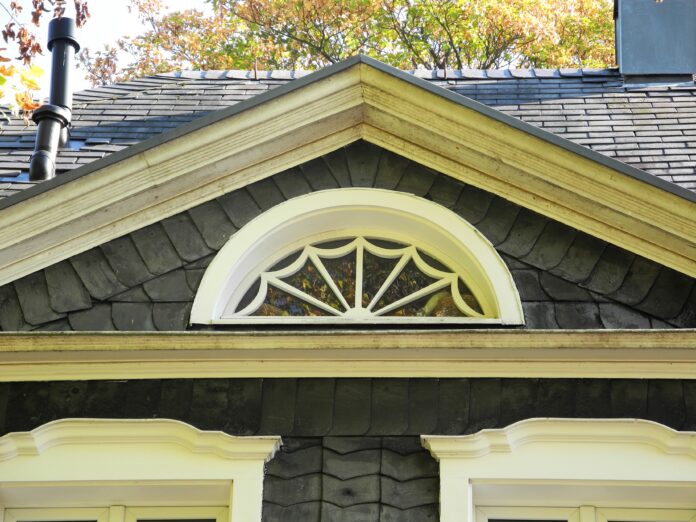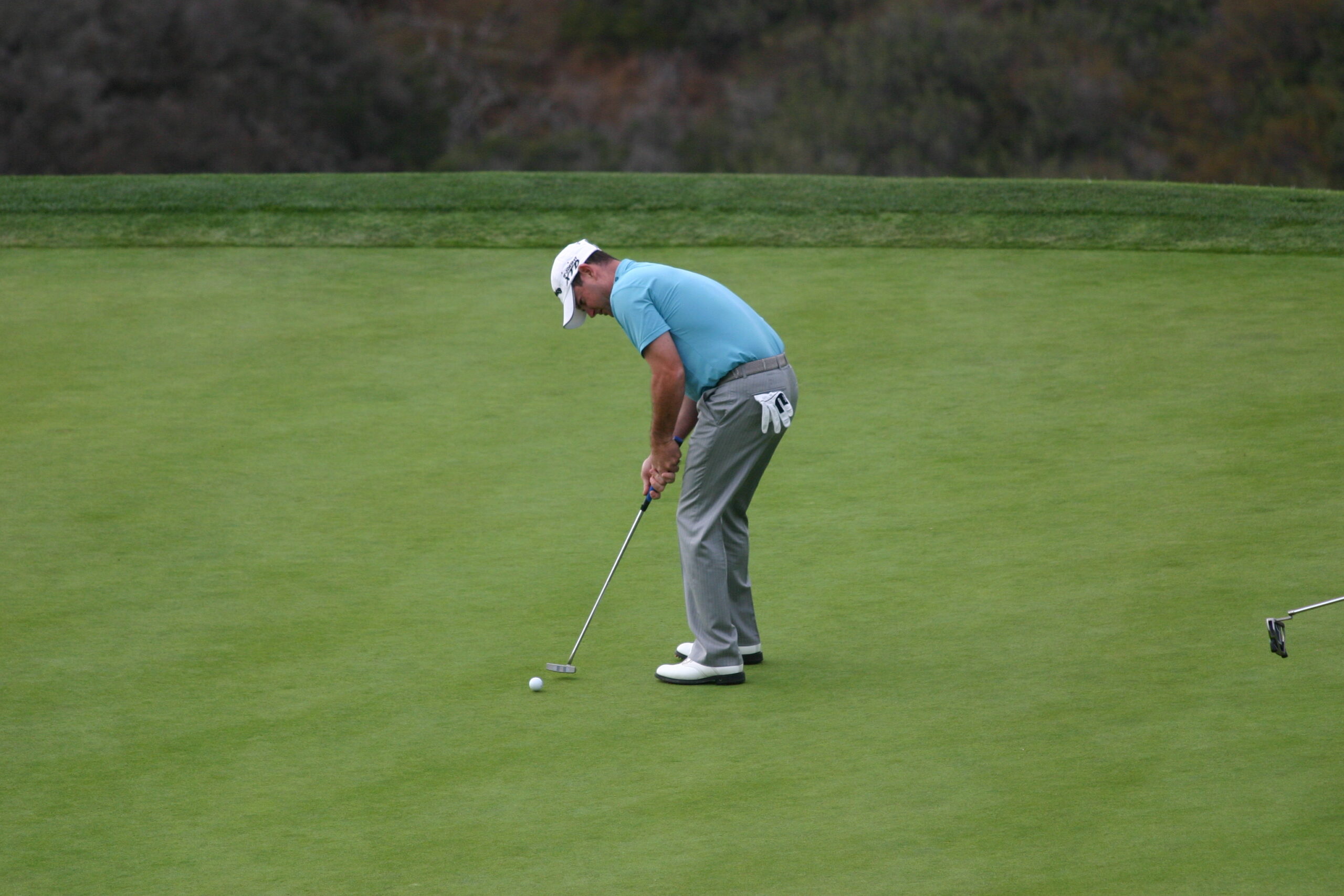You’ll see fascia board directly underneath most roofs when you look at houses. Fascia board attaches to the roof trusses’ lower ends, filling the space between the rafters. It also supports the tiles below. Facia boards are stylish and can be used to give a home a neat, tidy, and elegant finish. This article will provide a basic overview of the fascia board and its types, including wood for fascia, vinyl for fascia, etc.
What is a fascia board?
Fascia boards can be plank-shaped and have a lip at their bottom. As a lip supports the soffit, a lip is present. There are many types and materials available. Fascia is a horizontal board that attaches along the roof’s rafter ends. Fascia board seals the space between your ceiling and walls and prevents water from entering your roof. Fascia is sometimes called the roof line and holds the guttering in its place.
What’s the purpose of a Fascia Board, and how do you use it?
The primary function of a fascia board is to prevent water infiltration and protect your home from moisture-related damage. Fascia boards must be strong enough to support the gutters and keep them in place. Fascia boards are not only for your home. They protect commercial and residential roofing systems from moisture and excess water buildup. Fascia boards have a visual appeal and can be used to give your roof a polished look. They can cover all exposed roof trusses and the rough ends of roof rafters. Covering by fascia can help increase your home’s curb appeal.
Read more:Window Caps: An Overview Of Window Caps And Their Different Types With Proper Description
Materials for fascia boards (Wood for fascia and PVC for fascia. Fiber cement etc.)
In the manufacture of fascia boards, many different types of materials are used. Each material has advantages and disadvantages. Listed below are a few examples of materials used for fascia boards. It will be easier to select the best material if you look at these materials. Below are the materials you can use for fascia boards.
- Aluminum for fascia boards
- Fascia board made of wood
- Fascia boards made from a combination of cement and fiber
- Vinyl for fascia boards
- PVC for fascia boards
PVC for fascia boards
PVC fascia boards, which are essentially made of plastic, look very similar to wood-based fascia boards. The critical advantage of PVC fascia boards over wood is their superior resistance to rot and aesthetics. PVC fascia boards come in many colors, and you can paint PVC according to your liking. PVC fascia boards are plastic, so glue and head nails will best attach them to your roof.
Fiber and cement composite fascia boards
By combining recycled wood chips with epoxy resin, fiber cement fascia boards can be made. Composite fascia boards can’t be painted and are more expensive. Composite fascia boards are a great choice if you don’t care about customization or the overall ‘look and feeling.’
Aluminum for fascia boards
The qualities of aluminum and vinyl are very similar regarding the material’s rate and the properties of the board’s design. There is, however, a slight premium associated with this option.
Wood for fascia board
The most popular and traditional wood fascia is the one you will find. Wood fascia is also the most economical option compared to other options. Prime wood should use for fascia board because “prime” wood has the quality of water resistance. You can easily paint wood fascia boards, and with paint, these fascia boards get more elegance. Paint on a wooden fascia board can give you other benefits. With the help of paint, water can not damage the wood and protect against wood cracking.
Wood cracking could damage your building severely, such as insects entering your home or water damage.
Vinyl for fascia boards
Due to its many properties, vinyl is an excellent choice for making fascia boards. Vinyl for fascia is an attractive option because of its superior durability and quality. It also has a lower maintenance expense than wood.
Advantages
Fascia board can provide many benefits to your building. More information about the fascia board can be found in the following section. Fascias or soffits can be a low-maintenance addition to your property if a trusted company professionally installs them. You can be sure that your property’s protection will improve once you install fascia in your building. There is not much maintenance required with PVC fascias or soffits. To get long life of fascia, you must clean fascia occasionally.
- Your home is protected against harmful elements by fascias and soffits.
- Fascia board can help you keep your heating costs down. If you can keep the cold out, you will need to heat less. By upgrading fascias, soffits, and other features, you can reduce the cost of double-glazed and triple-glazed windows.
- It can seriously impact your home’s curb appeal if your guttering system isn’t maintained. The issue is especially important if the drain is leaking or clogged with leaves. If your gutters and fascias need replacement, you can improve the appearance of your home. Fascia will also make your home more efficient and energy-efficient. Fascias and soffits made of uPVC are available in a wide range of colors to choose the right color for your home.
FAQs (Frequently Asked Questions)
Which fascia material is best?
Vinyl material is best if you want to install fascia boards yourself. Vinyl material is widely used in soffits and is an accepted standard for building codes. Vinyl can be easily matched or complemented with siding. It is very durable and easy to install.
Is it called fascia board because of its name?
Latin fascia means “band, bandage ribbon, swathe” and is the origin of the word fascia. Although less common, the term fascia is used for other band-like surfaces, such as a flat trim strip that wraps around a doorway.
Are fascia boards necessary?
These are the Best Fascia Tips This Year. The short answer to the question: “Yes!” They help cap the roofers’ edges and hold gutters in place to ensure proper water drainage.












